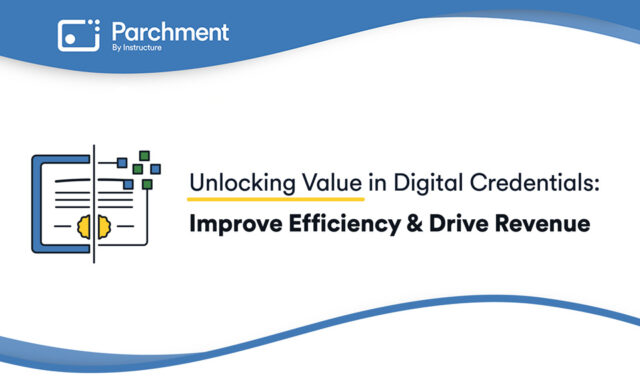As a high school counselor, the most important part of your job is helping students pick the school that’s right for them. Yet that job is a lot tougher than it used to be.
Why? Students have more choices. Some are skipping college to start businesses. Others are extending the traditional “gap” year to collect unique life experiences while still young. Who can blame them? While there’s no doubting the lifetime value of higher education, recent college graduates are facing a tough job market. Unemployment among the class of 2015 sits at 7.2 percent versus 5.5 percent in 2007. Underemployment — measured as having a job but not earning enough to pay bills — sits 14.9 percent for this same group, up sharply from 9.6 percent over the same period, according to data supplied by the Economic Policy Institute.
3 Ways to Help Your Student Pick the Right College
Student debt is also on the rise. Specifically, Federal Reserve data reveals that the number of borrowers increased by 92 percent from 2010 to 20141, and average debt per borrower increased by 74 percent over the same period. High school kids and their parents seeing this data may be struggling to figure out how to justify an investment in higher education. We have three strategies to help them make the best possible decision.
- Reflect on the experiences your students want. Economic conditions being what they are, it’s fair for students to be thinking of college as an investment with an expected return. The danger is going in expecting an education to deliver a certain type of job. Instead, encourage your student to think of the types of experiences she may want and then pick an institution that can deliver. Say her long-term goal is to work in biotech. A research university with a record of giving students lots of lab time and meaty, groundbreaking research projects might be an excellent fit, and provide relevant experience for the job search to come.
- Match their interests and expertise. Thanks to the rise of co-curricular transcripts at U.S. universities, we’re getting more information about how institutions serve students with interests beyond coursework. Tap into this data to help your students develop a shortlist of schools most likely to deliver the experiences they crave. Say your student is an avid photographer. Schools that work with museums and galleries to host professional-style shows may be of interest. All the better if they also offer scholarships and flexible tuition options.
- Examine alumni records. Thinking of college as an investment means thinking about outcomes. One way to help your student do that is to look at alumni records. Have many alumni have gone on to perform the type of work your student wants to do someday? How many followed her proposed line of study only to end up in another career? Engage with students early to help them figure out the best coursework load to get to the school — and program curriculum — that’s most likely to produce a profitable outcome.
With tuition costs on the rise and student debt levels growing at unprecedented rates, the stakes have never been higher when it comes to choosing the right college. Students will be looking to you to help them navigate the decision. Guide them by looking for institutions most likely to provide a return. Specifically, schools that offer relevant experiences and curriculum that match their interests and expertise, and with an alumni record that foreshadows a favorable outcome upon graduation.
No university can guarantee that they’ll make students’ lifetime wishes come true, but as a high school counselor, you can at least help them get them most from the expense — and the experience.
SOURCING:
- http://www.epi.org/publication/the-class-of-2015/
There’s always more to learn.



